Have you ever looked into your dog’s eyes and wondered, “Do they really understand me?” The truth is, dogs are masters at reading our emotions, but sometimes our actions leave them utterly baffled—or deeply reassured. Imagine doing something totally normal, like hugging your furry friend, only to discover it might make them feel anxious. On the flip side, a simple act like sitting calmly beside them can melt away their worries and strengthen your connection. If you adore your dog and want to avoid sending mixed signals, or if you long to know the secret moves that earn their trust, this article is for you. Get ready to uncover the surprising ways you may be confusing your pup—and discover the heartwarming gestures that make your bond unbreakable.
Sudden Mood Swings
Dogs are incredibly sensitive to the emotional climate in their home. When a human’s mood shifts rapidly—from joy to anger, or calm to stress—dogs can be left feeling lost and anxious. They rely on predictability to feel safe, so frequent mood swings can throw them off balance. For example, if you’re laughing one minute and shouting the next, your dog may not understand what triggered the change, leading to confusion and even fear.
Because dogs don’t grasp the reasons behind our emotional rollercoasters, they can misinterpret these shifts as being their fault. This can result in behaviors like hiding, whining, or even acting out. Maintaining a steady, calm environment helps your dog feel secure and less anxious about your unpredictable moods.
Using Complex Language
While your dog might recognize words like “walk,” “treat,” or their own name, using long sentences or complicated instructions can leave them puzzled. Dogs primarily rely on tone, body language, and certain key words to understand what you want. When you speak in full paragraphs or use abstract phrases, your message is often lost in translation.
Imagine telling your dog, “If you could just go sit over there quietly while I finish this call, that would be great.” To your pup, this probably sounds like a jumble of sounds, leading to a blank stare or tilted head. Sticking to simple, consistent commands like “sit,” “stay,” or “come” makes it much easier for your dog to understand and respond.
Hugging Tightly
It’s hard to resist wrapping your arms around your dog in a big, loving hug. However, most dogs don’t interpret hugs the same way humans do. While we see it as affection, dogs may see it as a form of restraint or even a threat, particularly if they feel trapped or can’t move away.
Some dogs tolerate hugs, especially if they’ve grown up with them, but many become stiff, look away, or try to wriggle free. These are all signs of discomfort. Instead of hugging, try gentle petting or sitting close to your dog, which feels less restrictive and more reassuring.
Staring Directly Into Their Eyes
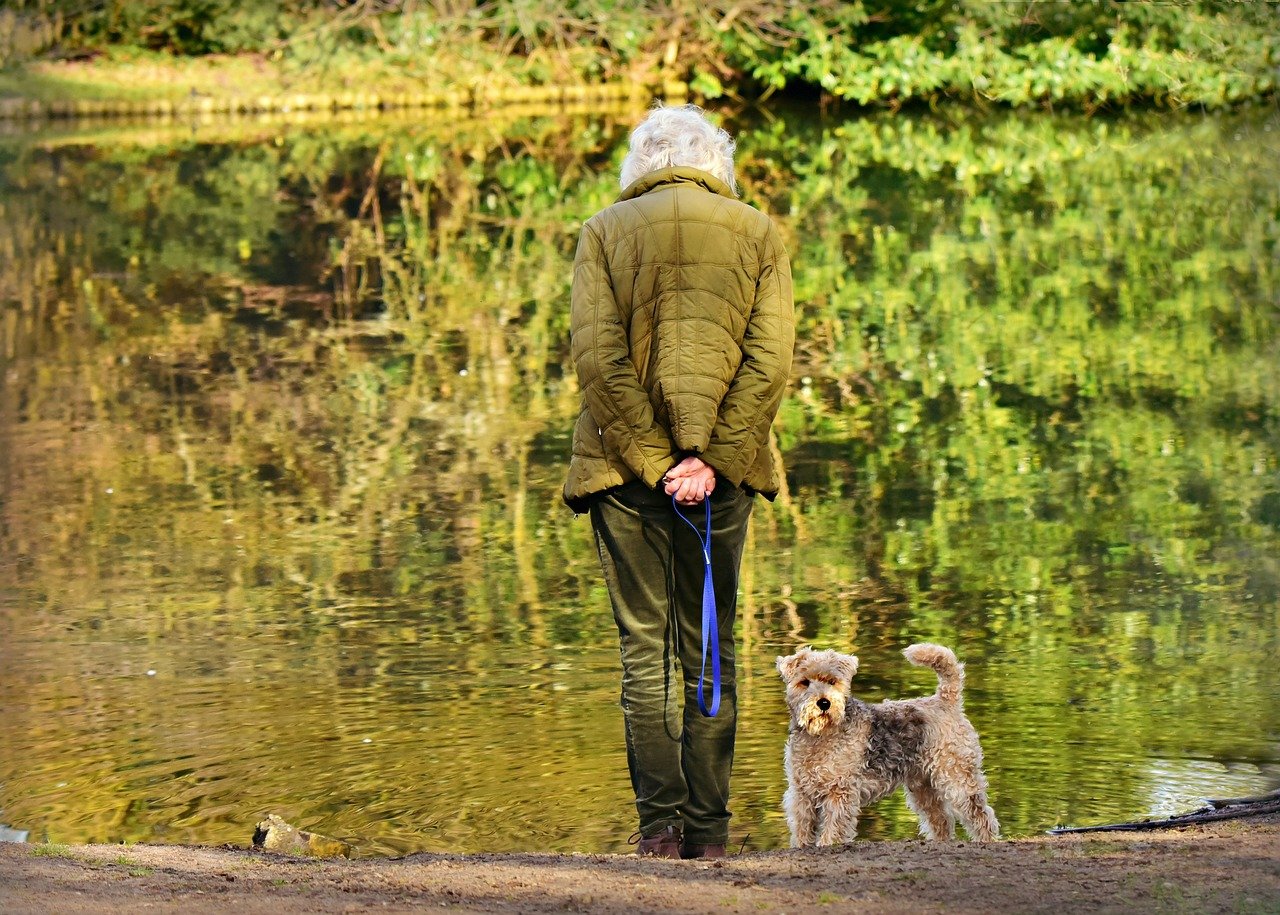
Eye contact means something very different to dogs than it does to people. In the canine world, a direct stare can be seen as a challenge or even a threat. While brief eye contact can be a way to bond, holding a dog’s gaze for too long can make them uneasy or nervous.
If you notice your dog looking away, licking their lips, or yawning when you stare, it’s their way of saying they’re uncomfortable. For a more positive interaction, try softening your gaze or blinking slowly, which signals relaxation rather than confrontation.
Changing Daily Routines
Dogs thrive on routine and predictability. When their daily schedule shifts—like feeding times, walks, or even when you leave and return—it can leave them feeling stressed and confused. Imagine if every day your lunch break happened at a different hour; it would throw you off, too!
Sudden changes can result in anxiety, destructive behavior, or even accidents in the house. Whenever possible, try to keep your dog’s routine consistent. If changes are unavoidable, introduce them gradually so your dog can adjust without feeling overwhelmed.
Ignoring Their Body Language
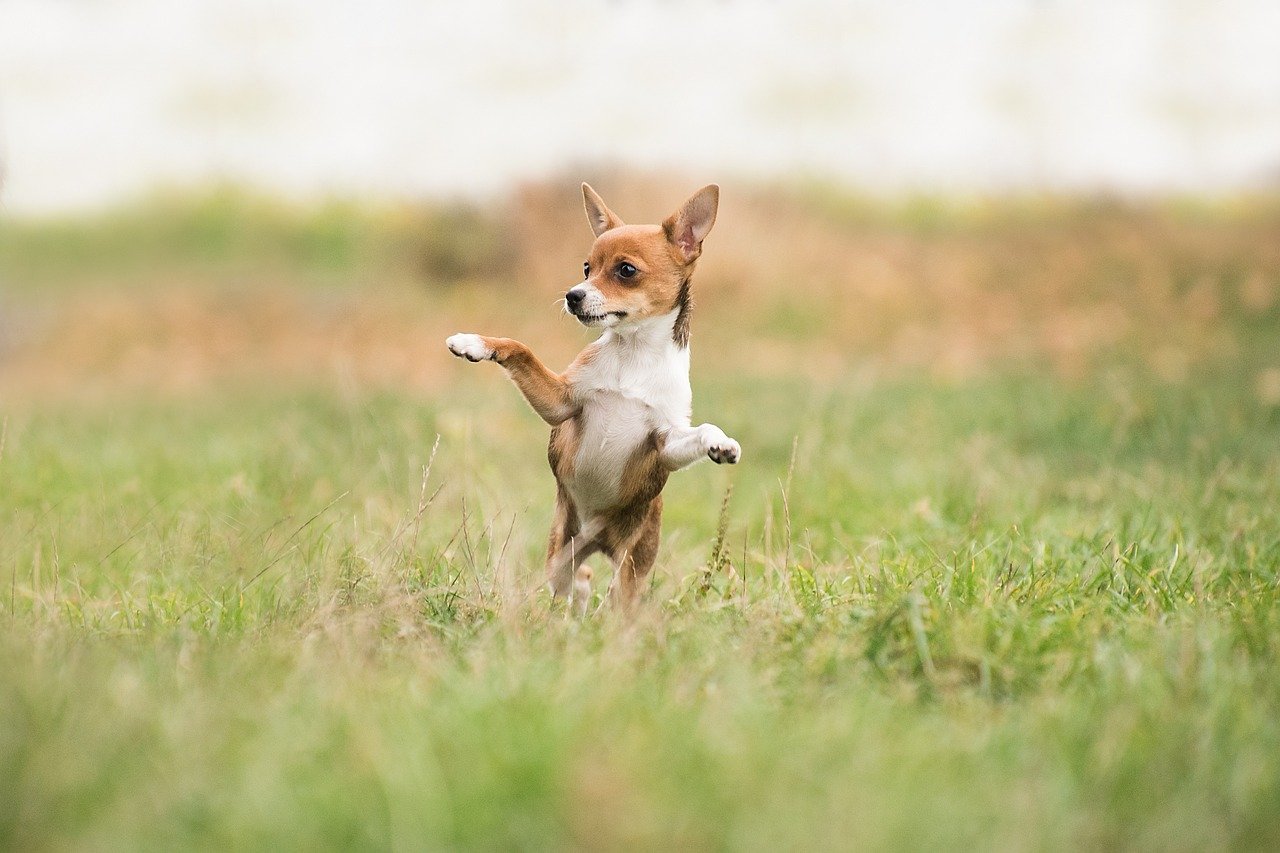
Dogs communicate with their bodies, not words. When humans miss or ignore signs like a tucked tail, flattened ears, or lip licking, it can leave dogs feeling misunderstood. For instance, a dog that moves away or yawns during a petting session may be politely asking for space.
Missing these cues can cause your dog to feel unheard or even escalate to growling or snapping if they feel cornered. By learning to read and respect your dog’s body language, you help them feel safe and understood, reducing confusion and building trust.
Using Inconsistent Commands
Consistency is key when teaching dogs what you expect. If one family member says, “down,” for lying down, and another says, “lay,” your dog might have no idea what you want. Changing the words, tone, or even rewards can make training feel like a guessing game.
This inconsistency often leads to frustration for both you and your dog. To avoid confusion, agree on specific words and methods for commands, and make sure everyone in the household uses them the same way. This clarity makes learning much easier for your furry companion.
Pointing Fingers or Objects
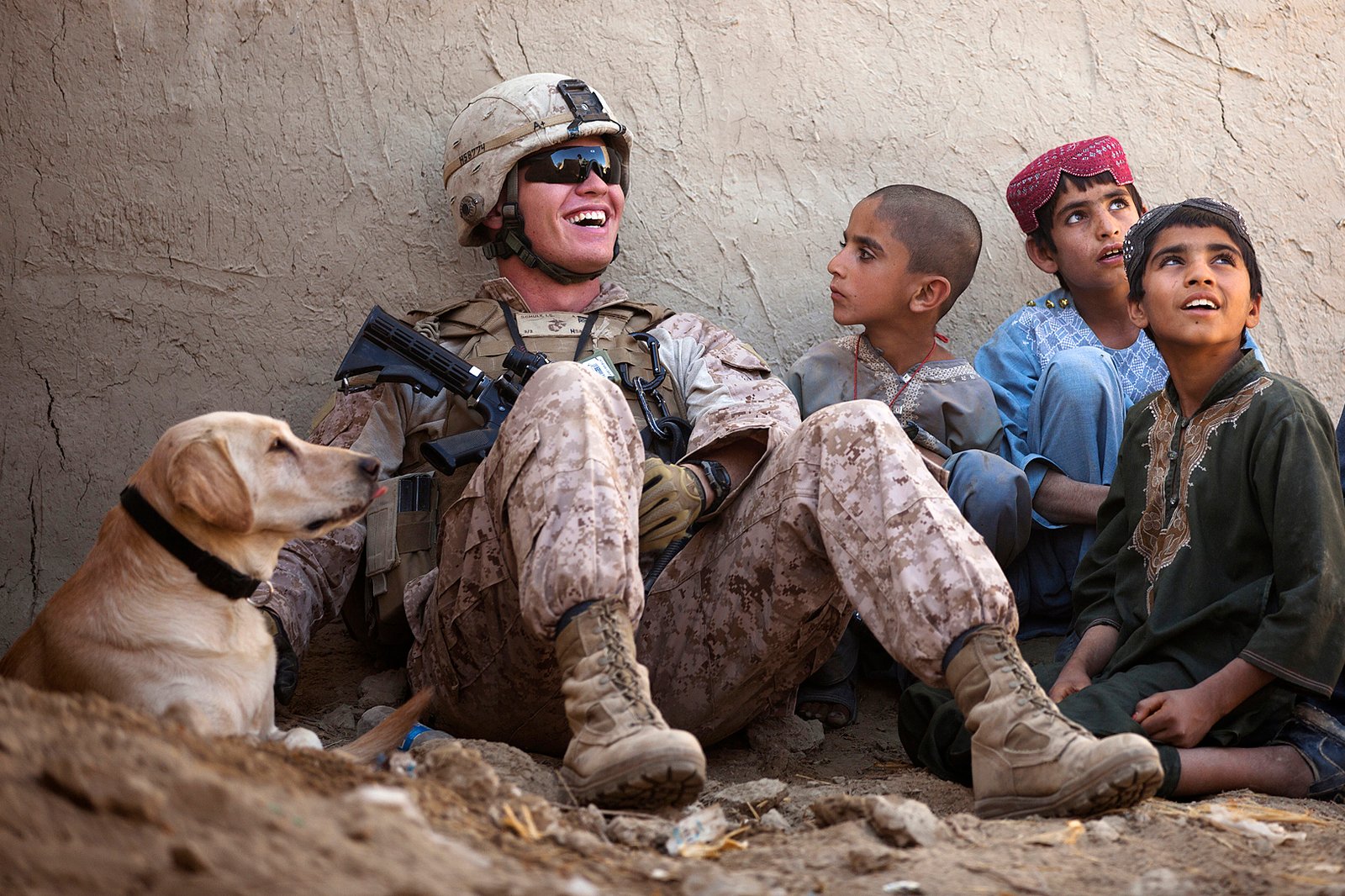
While pointing seems obvious to us, dogs don’t always understand what we mean when we gesture toward something. Sometimes a dog will just stare at your finger instead of looking at the object you’re indicating. This can be confusing for both of you during training or daily interactions.
Instead of relying solely on pointing, try guiding your dog with treats, leading them physically, or pairing gestures with verbal cues. Over time, with repetition, your dog can learn to associate certain gestures with actions, but patience is key.
Wearing Costumes or Strange Outfits
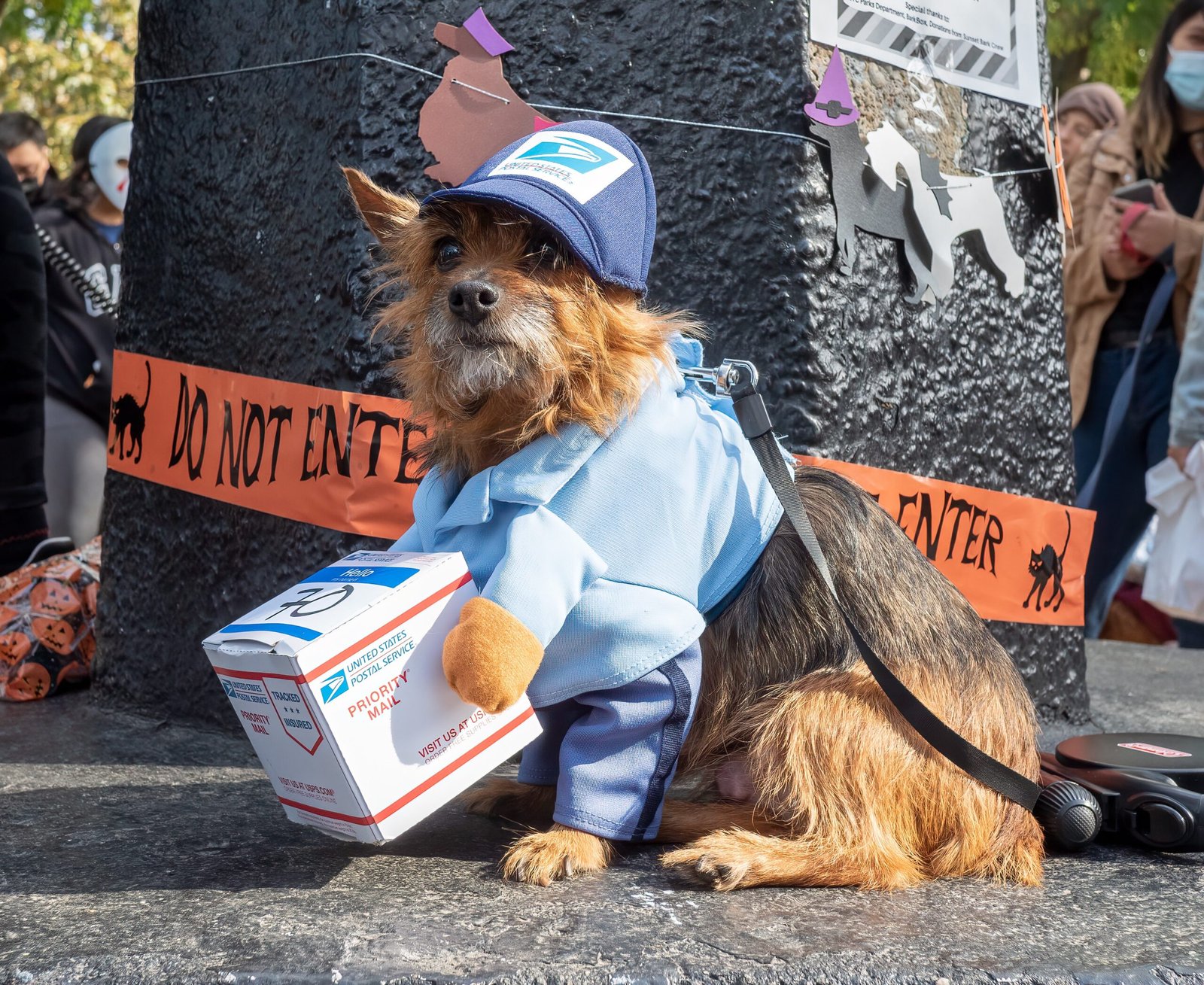
Dressing up for holidays or fun photos can be amusing for humans, but it often confuses dogs. Suddenly seeing their beloved human in a big hat, mask, or costume can be startling or even frightening. Dogs rely on familiar scents, voices, and appearances to recognize us.
When you change your look with unusual clothing, your dog might bark, hide, or act unsure. If you enjoy costumes, introduce them slowly and reward your dog for calm behavior. Always watch for signs of anxiety, and never force your dog to interact if they seem uncomfortable.
Consistent Training Sessions
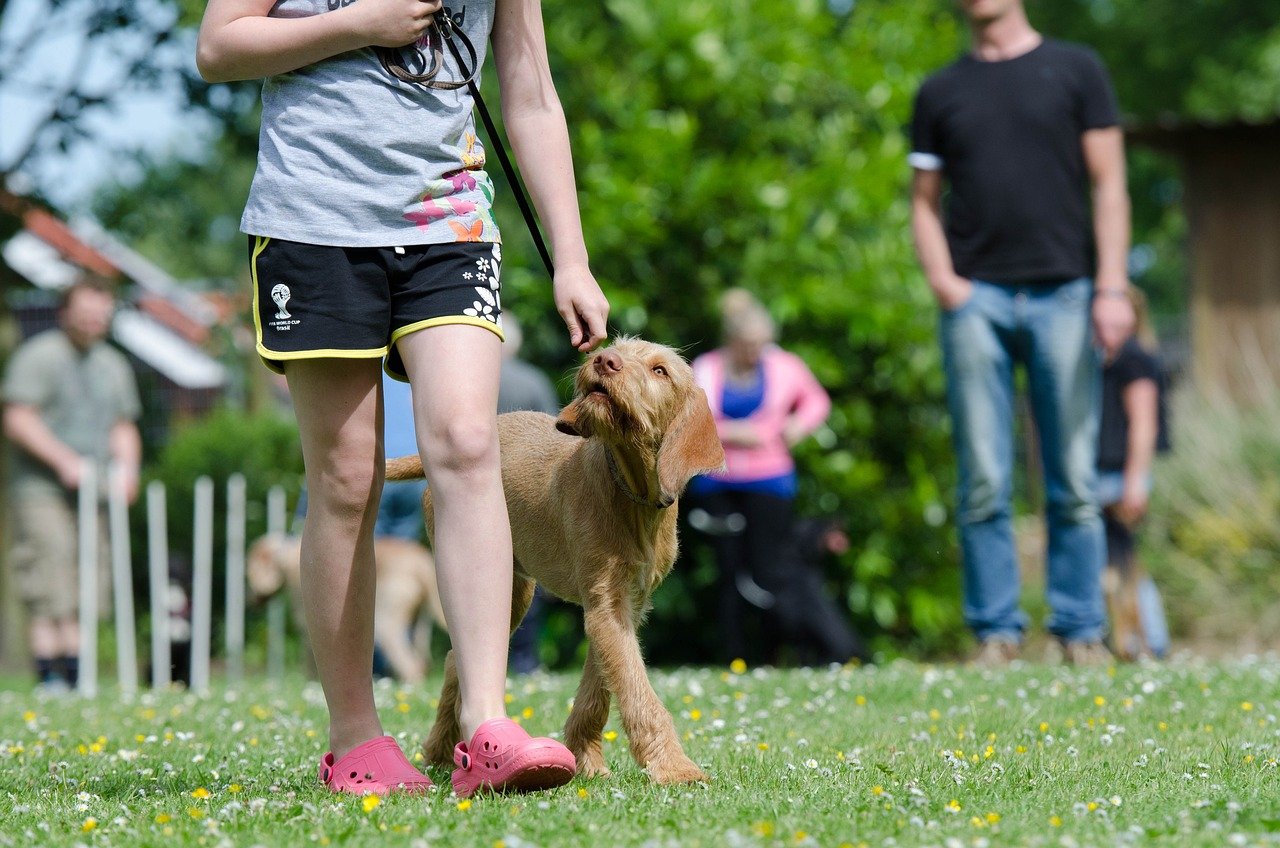
Regular training sessions are a powerful way to build trust and understanding between you and your dog. Consistency helps your dog know what to expect, making them feel secure and confident in their ability to please you. Training is not just about obedience—it’s about communication.
By practicing commands daily, you create a routine that your dog looks forward to. Use lots of praise, treats, and patience. When your dog learns that good behavior brings positive outcomes, they become eager to listen and work with you, deepening your bond.
Gentle Physical Affection

While hugs may not always be welcome, most dogs love gentle pets, scratches behind the ears, or a soothing belly rub. Physical affection, when given on your dog’s terms, reassures them that they are loved and safe. Pay attention to where your dog enjoys being touched and respect their preferences.
Physical touch releases oxytocin, the “love hormone,” in both dogs and humans. This simple act can turn an ordinary moment into a heartwarming exchange of trust and comfort. Always use slow, calm movements, and watch for signs your dog is enjoying the interaction.
Playing Interactive Games
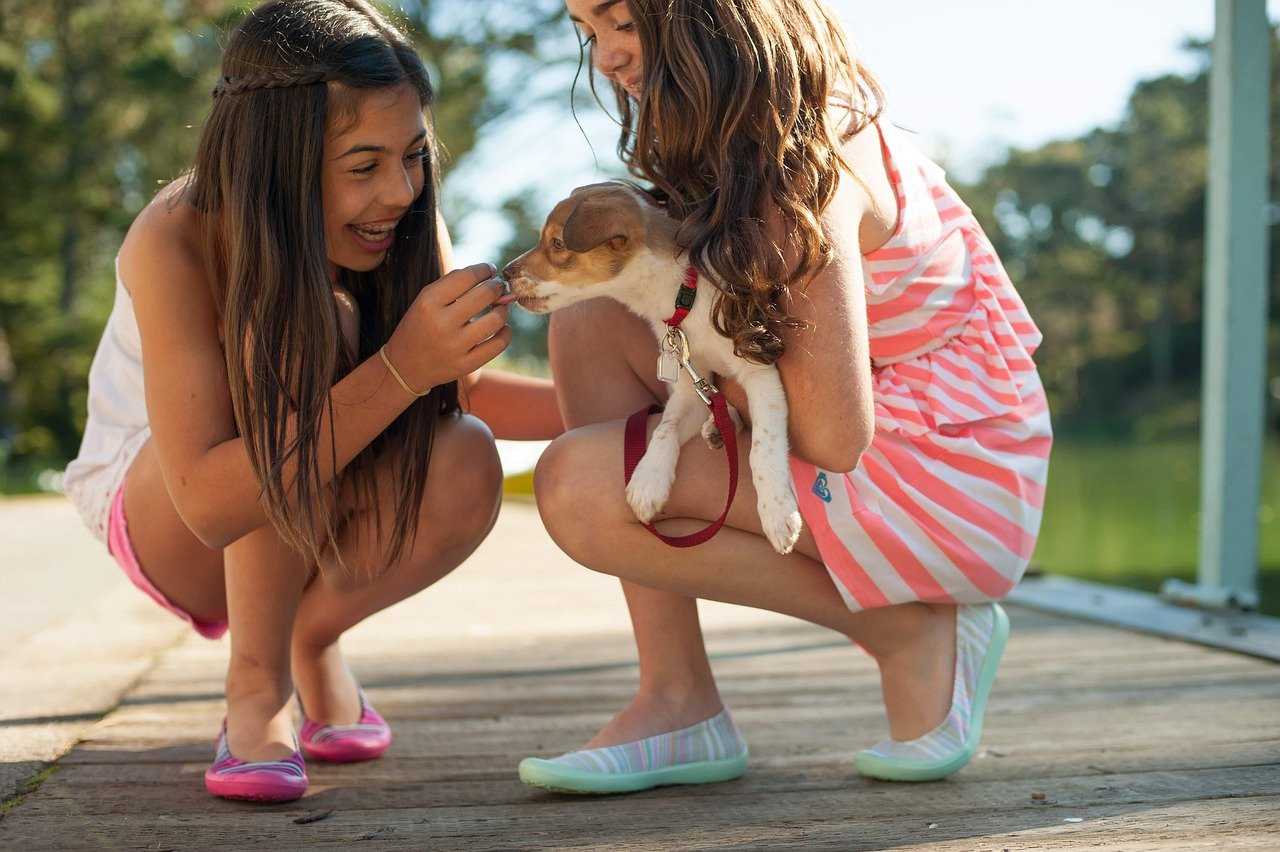
Games like fetch, tug-of-war, or hide-and-seek aren’t just fun—they’re fantastic bonding opportunities. Play allows your dog to burn off energy, sharpen their mind, and feel closer to you. It’s also a natural way for dogs to express their instincts in a safe environment.
When you actively participate in play, your dog sees you as a source of joy and excitement. Be enthusiastic, encourage your dog’s efforts, and keep games positive. Regular playtime not only keeps your dog happy but also strengthens your partnership.
Offering Treats and Rewards
Who doesn’t love a tasty treat? For dogs, getting a reward from their favorite human is pure bliss. Treats can be used to reinforce good behavior, celebrate achievements, or simply show affection. Timing is everything—give the treat immediately after the behavior you want to encourage.
Over time, your dog will associate you with positive feelings and look to you for guidance. Just remember to use treats in moderation and choose healthy options. The happiness in your dog’s eyes when they earn a tasty morsel is a sure sign your bond is growing.
Speaking Softly and Calmly
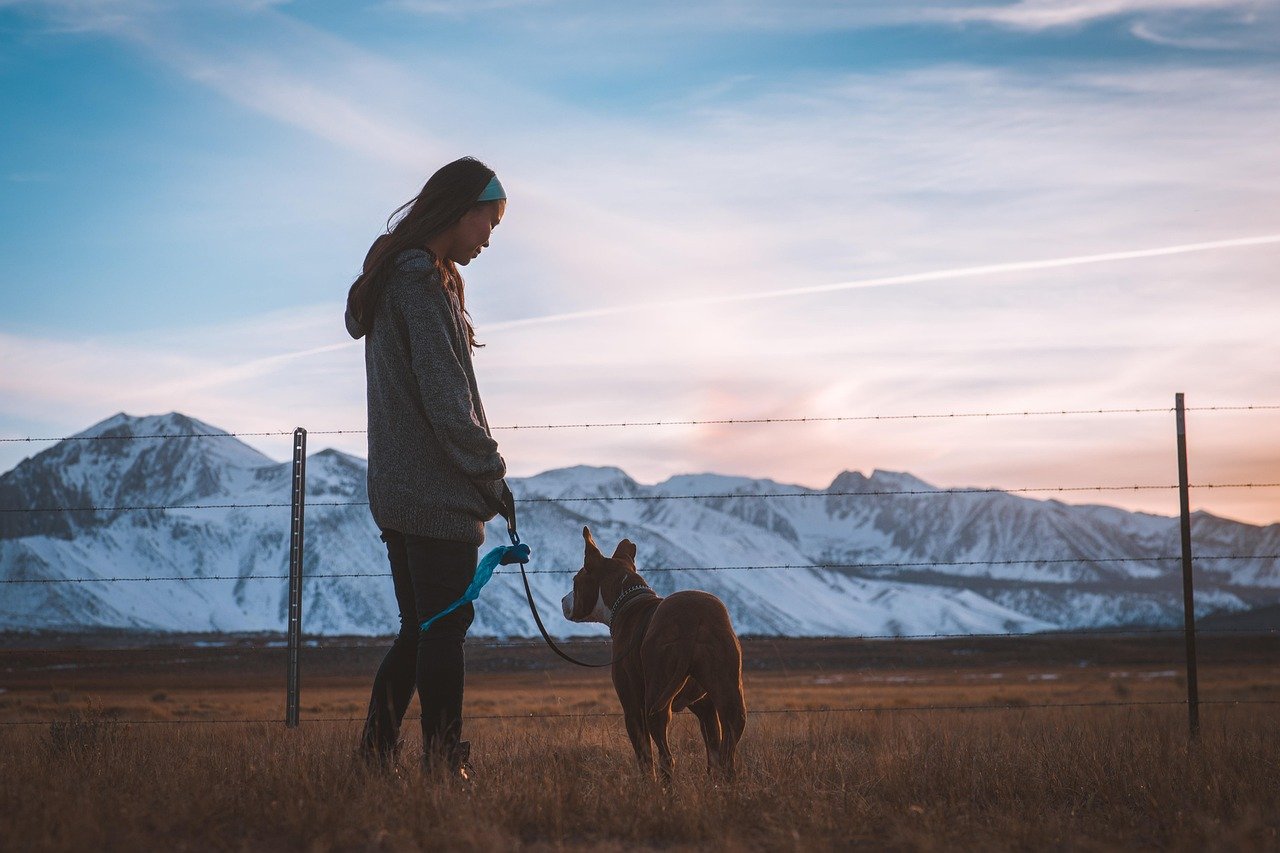
Your tone of voice speaks volumes to your dog. Calm, gentle speech soothes anxiety and reassures them that everything is okay. Even if you’re correcting a behavior, using a soft tone prevents your dog from feeling threatened or scared.
Dogs can read the emotional undertones in your voice better than you might think. By speaking kindly, you create an atmosphere of safety and trust. Over time, your dog will become more attentive and responsive, knowing that your guidance comes from a place of love.
Establishing Clear Boundaries
Dogs need to know what’s expected of them to feel secure. Setting clear, consistent boundaries—like not begging at the table or not jumping on guests—makes your dog’s world predictable. Boundaries aren’t about punishment; they’re about helping your dog understand where they fit in your family.
When your dog respects boundaries, life is less stressful for both of you. Use positive reinforcement to teach what’s allowed, and always be patient. Your dog will trust you more when they know exactly what you want, making every day more harmonious.
Spending Quality Time Together
Dogs crave your attention and companionship. Taking time each day to simply be with your dog—whether it’s a walk, a cuddle session, or just sitting together—shows them they are valued. Quality time doesn’t have to be elaborate; your presence is what matters most.
This dedicated time deepens your understanding of each other’s needs and moods. Your dog learns to trust that you’ll be there, and you gain insight into their personality and quirks. A strong bond is built one shared moment at a time.
Encouraging Exploration and Curiosity

Allowing your dog to sniff, explore, and investigate their environment is essential for their mental well-being. Walks aren’t just for exercise—they’re a sensory adventure. Letting your dog take the lead occasionally gives them confidence and shows you respect their instincts.
When you encourage your dog’s curiosity, you foster a partnership based on mutual trust. Exploring together can turn even a simple walk into a bonding experience, filled with new sights and smells. It’s a way to say, “I trust you, and I’m here for you.”
Responding to Their Needs Promptly
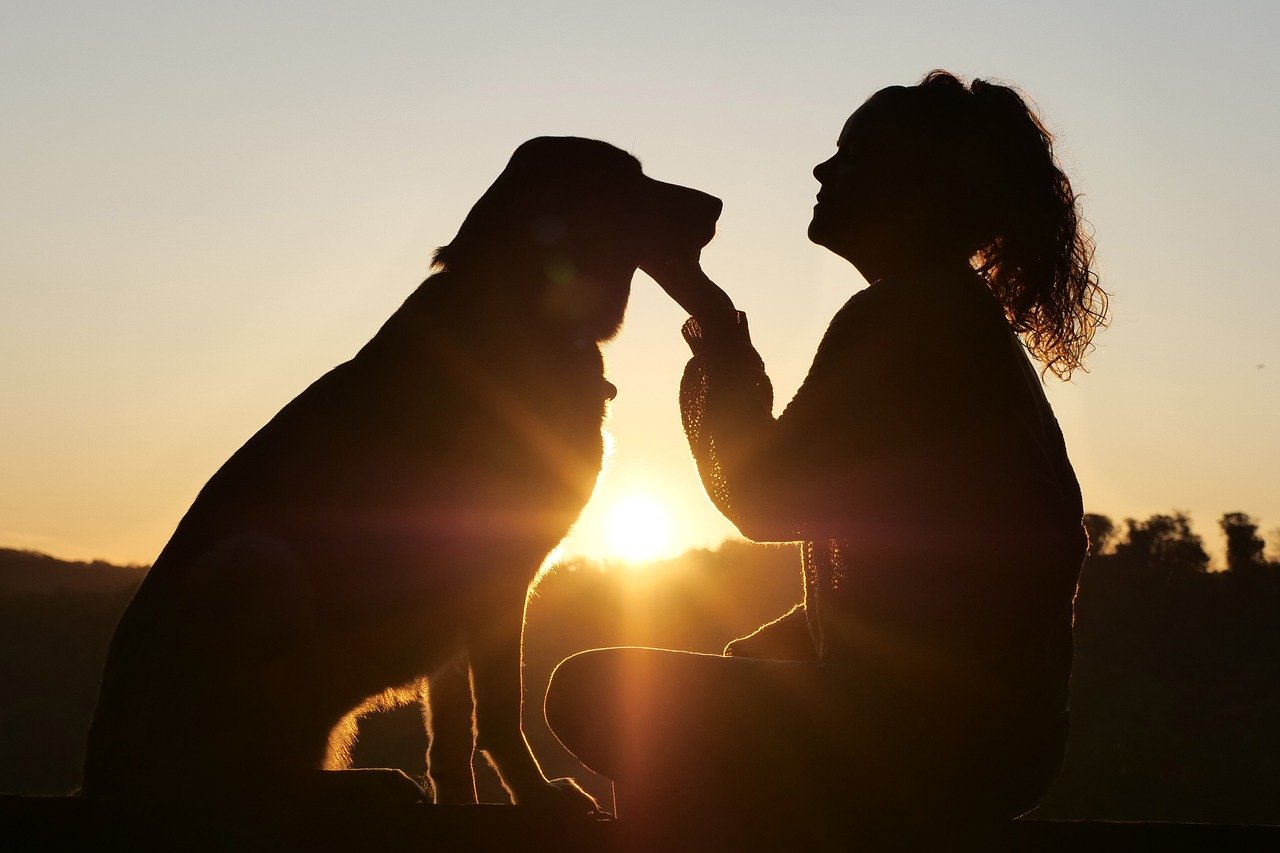
Dogs depend on us for everything—food, water, comfort, and safety. When you respond quickly to their needs, whether it’s letting them out, feeding them on time, or comforting them during a storm, you build a deep sense of trust.
Prompt responses show your dog that you are reliable and attentive. Over time, your dog will learn that they can count on you, which reduces anxiety and strengthens your connection. Meeting their needs isn’t just about care—it’s about love.
Celebrating Their Unique Personality
Every dog is an individual, with their own quirks, likes, and dislikes. Embracing your dog’s unique personality—whether they’re playful, shy, or a bit mischievous—lets them know they are loved just as they are.
When you celebrate your dog’s individuality, you create a safe space for them to be themselves. This acceptance is the foundation of a truly strong bond. Your dog will trust you more deeply, knowing you appreciate them for who they are, not just what they do.
Jen is a passionate nature lover and ocean conservationist. She has dedicated her life to protecting the environment and preserving the beauty of the natural world. Growing up in a small coastal town, Jen sincerely appreciated the ocean and its inhabitants. She has spent countless hours exploring the shoreline, learning about the creatures that inhabit the waters, and advocating for their protection. Jen is an active member of ocean conservation organizations, and she is committed to educating the public about the importance of conserving wildlife and the natural environment.





